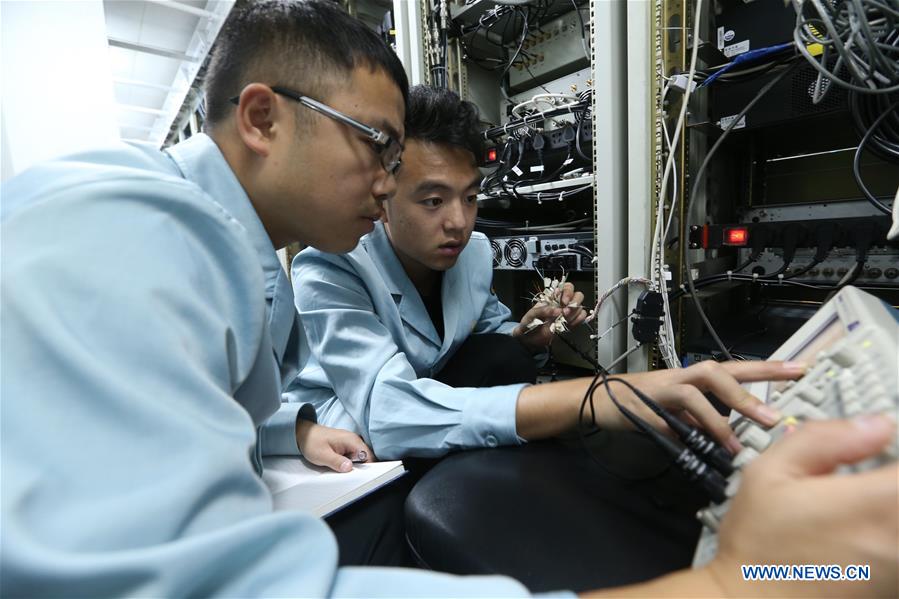

Conversion was completed in August 1998, and the ship is capable of carrying a Changhe Z-8. Yuan Wang 4 was converted from Type 643 research vessel Xiangyanghong 10 (向阳红10), which was originally designed in February 1971, with construction begun in July 1975, and entered service in October 1979. Yuan Wang 3 is the second generation tracking ship of Yuan Wang series, and it can attain speeds up to 20 kt, with a range of 18,000 nautical miles and a cruising speed of 18 kt. Type 718 tracking ship is the very first design of Yuanwang series, and it consists of two ships, Yuan Wang 1 and Yuan Wang 2, both of which have since retired in the early 2010s. Type 718 Yuanwang 1 in Shanghai, October 2019
Yuan Wang 22 - Long March 5 transport ship. Yuan Wang 21 - Long March 5 transport ship. Yuan Wang 4 off the coast of Western Australia in the Indian Ocean. Yuan Wang 2 about 1500 km (about 900 statute miles) southwest of French Polynesia. ĭuring the Shenzhou spacecraft flights, the four ships were positioned as follows: Pictures of Yuan Wang 6 were published, and both Yuan Wang 5 and the newly commissioned ship were on duty for the Shenzhou 7 mission. It had been converted from the previously used Xiang Yang Hong 10 scientific survey ship.Īnother two Yuan Wang-class vessels were launched in Shanghai in early 2007. The Yuan Wang 4 tracking ship was constructed by China State Shipbuilding Corporation and delivered to the China Satellite Launch and Tracking Control General on 18 July 1999. The first was Yuan Wang 3, which was commissioned on 20 October 1995. Two further ships of the class have been built. After being used for tracking of the launches of indigenously developed communications satellites, Yuan Wang 1 and Yuan Wang 2 underwent overhauls in 1986, so they could be used for supporting international satellite launches by the PRC. The first survey mission of the two ships was during May 1980. For the first time, this gave the PRC the ability to track launches and satellites that were not over their territory. The general designer of this class is Xu Xueyan. The first two ships of the class, Yuan Wang 1 and Yuan Wang 2, were built at the Jiangnan Shipyard in Shanghai and put to sea on 31 August 1977 and 1 September 1978 respectively. The class was first proposed by Premier Zhou Enlai in 1965, and was approved by Mao Zedong in 1968. diesel engine, with a top speed of 20 knots (37 km/h). Yuan Wang 1 and Yuan Wang 2 are thought to have a displacement tonnage of around 21,000 tons when fully loaded, with a crew of about 470 and a length of about 190 metres (620 ft). China tracking english series#
This class is not a single design, but instead is a group of different designs under the same series that share the same name.ĭetailed specifications for every ship have not been released by the PLASSF. 'Long View' Yuǎn wàng) are used for tracking and support of satellite and intercontinental ballistic missiles by the People's Liberation Army Strategic Support Force of the People's Republic of China (PRC). The Yuan Wang-class of tracking ships ( Chinese: 远望 lit. None, but capable of handling either Super Frelon or Z-8 Yuan Wang 1 - 200 / Yuan Wang 2 - 470 Yuan Wang 3-6 - N/A

Yuan Wang 1 - 20.6 metres / Yuan Wang 2 - 22 metres Yuan Wang 3-6 - N/A

Yuan Wang 1 - 156.09 m / Yuan Wang 2 - 191 metres Yuan Wang 3-6 - N/A People's Liberation Army Strategic Support Force Yuan Wang 1 and 2 - Jiangnan Shipyard, Shanghai / Yuan Wang 3 to 6 - China State Shipbuilding Corporation, Shanghai The ship was resupplying after being at sea to support the Shenzhou 6 spaceflight.

Yuan Wang 2 in Waitemata Harbour, Auckland, New Zealand, on 27 October 2005.







 0 kommentar(er)
0 kommentar(er)
